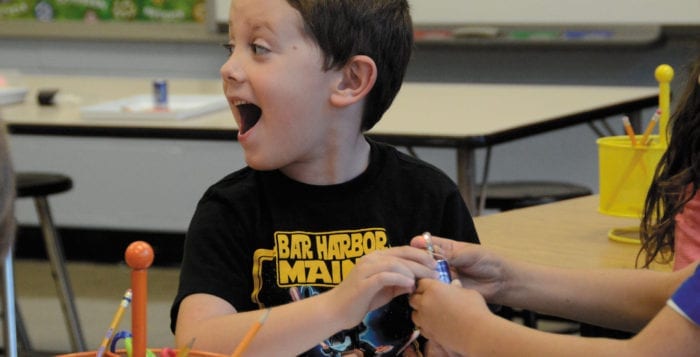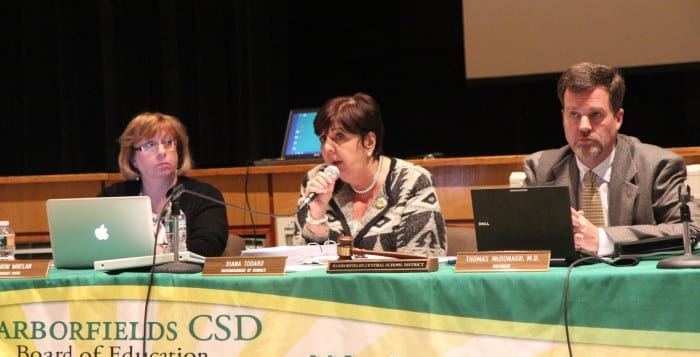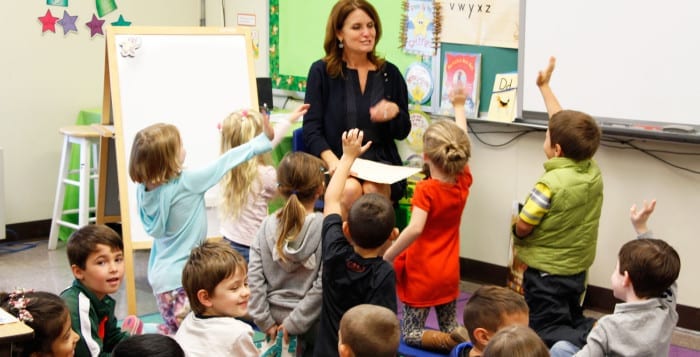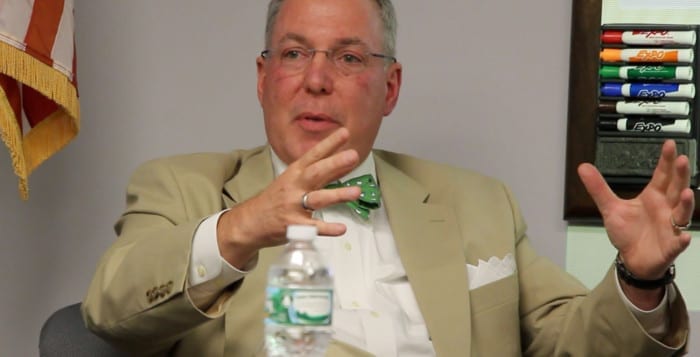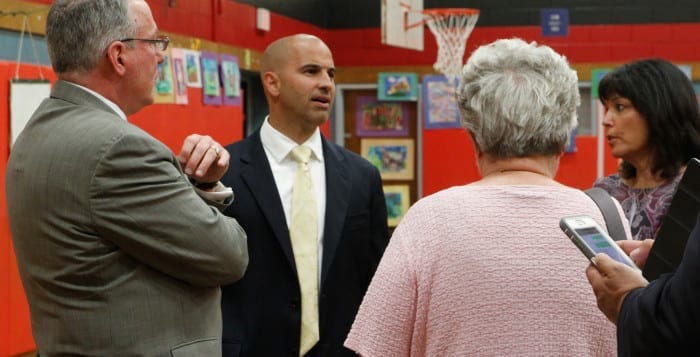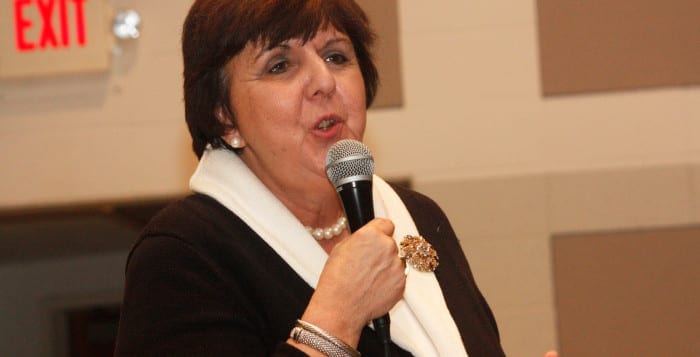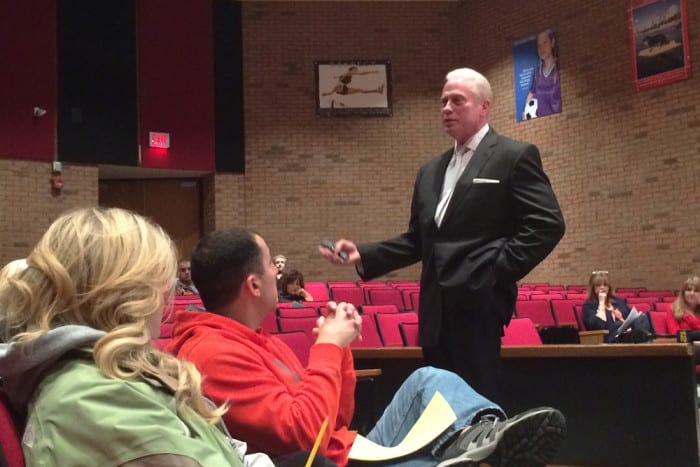Budget season has come to the Harborfields Central School District, and residents could be in for a budget that pierces the tax levy cap.
At a Board of Education meeting on Wednesday night, Assistant Superintendent for Administration and Human Resources Francesco Ianni presented options the district has to choose from for the 2016-2017 budget, calling it an “evolving process.” Harborfields was given a small tax levy cap increase from the state, which means that the district may have to consider piercing the cap if they want to provide any new programs, or face a budget with no additions to stay within the cap.
“Approximately 17 percent of the annual budget that is coming from state aid, but that number is fluctuating everyday,” Ianni said at the meeting. “Reserve funds will account for about 7 percent, and 76 percent of the budget is coming from the community.”
The main concern with this year’s budget, Ianni said, is the .37 percent tax levy increase cap, which is limiting the district’s ability to even rollover last year’s budget. A rollover budget is the same budget as the year before.
The 2015-2016 budget was roughly $80 million, and if a rollover budget were used this year, the total would be approximately $81 million, with an increase of $1,159,907.
If the rollover budget passed, there would need to be a tax levy increase of .84 percent, according to the district, which is .47 percent more than what the state is mandating. If the district abides by the state tax levy increase cap, they will be $287,408 short of the rollover budget total.
Those variables leave the district with some options, Ianni said.
A budget within the tax levy would be $81,346,454, the district said. This would require the district to not only refuse any new mandates or potential additions like full-day kindergarten, but also to cut costs.
But if the district decided to pierce the tax cap, Ianni presented several different budgetary routes the district could take. One is what he described as the simple rollover budget, which would require less than .5 percent of an increase in the tax cap and bring the total budget to $81,633,862.
“But, what if we add some mandates?” Ianni asked during the presentation.
The district presented a potential budget that included mandates like an additional librarian, AIS teacher and an English as a New Language teacher, which would bring the budget to $81,833,862 and a tax levy increase of 1.17 percent.
Ianni said the third possible scenario is the most costly because of additions like $600,000 for full-day kindergarten, $20,000 for a teacher’s assistant testing room and anywhere from $100,000 to $150,00 for a BOCES cultural arts program. The total here brings the budget to about $82.6 million, and would bring the tax levy cap to 2.57 percent.
Ianni said the district has not made any decisions yet as to which budget they would pursue, and would continue to discuss options at various workshops and community forums over the coming weeks.
The next upcoming budget meeting was scheduled for March 5 at 9 a.m.


